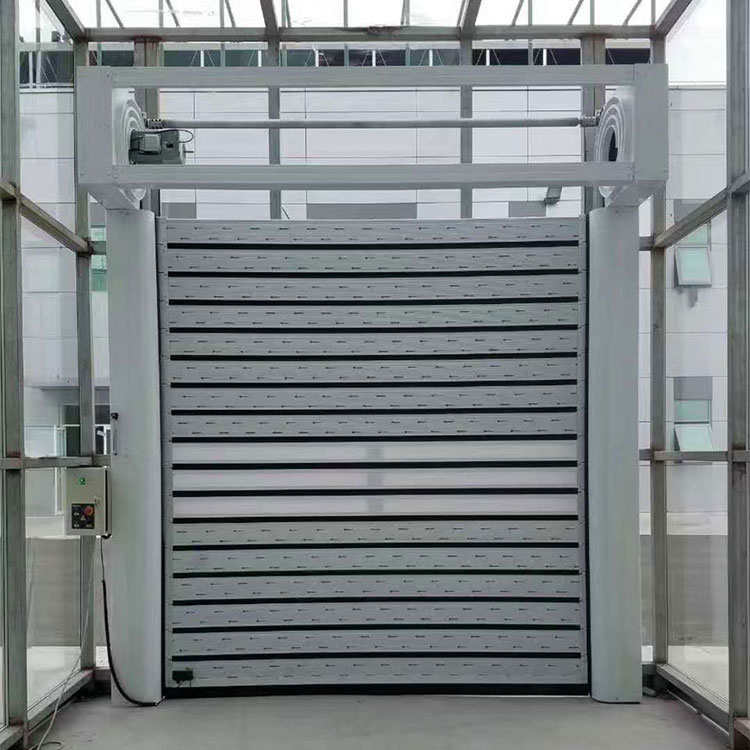
The structural stability of the hard panel door depends on the synergy between the core material and the stress balance system. The hard panel door body adopts a composite lamination process, which consists of a high-density substrate and a surface protective layer to form a three-dimensional constraint system. Its deformation risk mainly comes from the difference in material hygroscopic expansion coefficients and the release of residual internal stress. The core honeycomb structure or longitudinal reinforcement ribs inhibit lateral deformation through mechanical interlocking effect, and the hot pressing curing process of the surface layer forms an isotropic tension field to offset the volume expansion caused by temperature and humidity changes.

The matching accuracy of the door frame and door leaf of the hard panel door affects the load distribution state, and the precision hinge system reduces local stress concentration through torque balance. The moisture-proof treatment process forms a molecular barrier on the surface of the core material to block the fiber swelling caused by water vapor penetration. The adhesive system modified by the cross-linking agent maintains the interlayer bonding strength and prevents warping deformation caused by delamination. The stress aging treatment during the production process eliminates the residual strain during processing and reduces the creep accumulation rate in later use.
Prevention of deformation in daily use of hard panel doors involves uniform pressure distribution in the closed state. Frame distortion caused by improper installation will cause asymmetric stress on the door body. Regularly checking the compression state of the hard panel door seal can avoid local stress overload. Maintaining the relative humidity of the use environment is the key to maintaining dimensional accuracy. The comprehensive application of these engineering designs and material sciences enables modern hard panel doors to have long-term structural stability under standard use conditions, but extreme environments or mechanical damage may still cause local deformation.